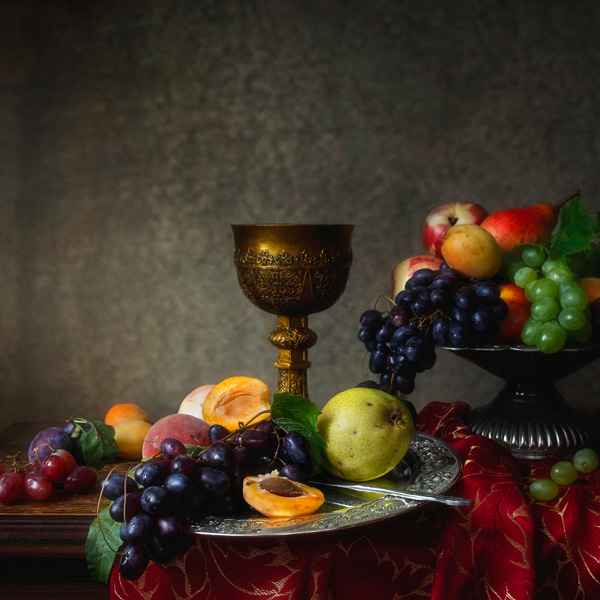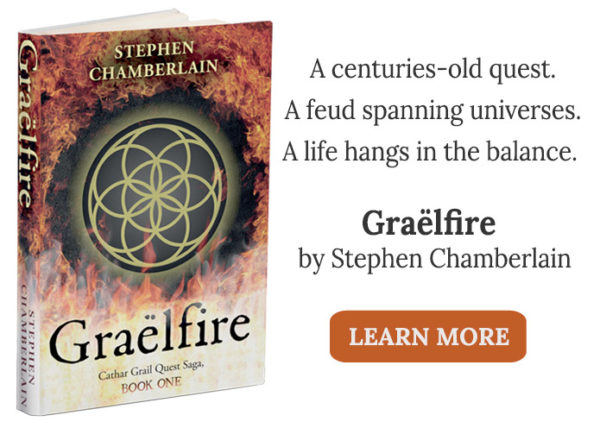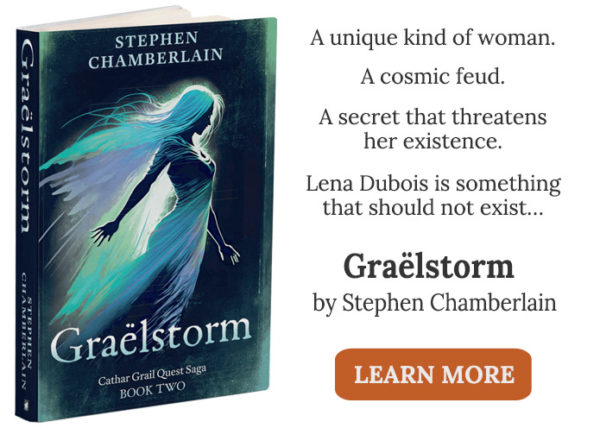“Tell me what you eat, and I will tell you what you are.” — Jean-Anthelme Brillat-Savarin
February has brought a cold snap to Switzerland, and my winter stomach has been craving meals that are hearty and comforting. Food is like that: it’s an essential part of life, and it provides more than mere nourishment. Food is pleasure and sharing, culture and identity. Who can think of Italy, China, or Japan without conjuring their cuisines? Where would the French be without their sit-down lunch?
I’ve never been a shrinking violet with food (with exception of butter, which just makes me retch). That’s just as well, as overseas travel has forced me to grapple with some curious and challenging fare. Those unfamiliar cuisines and flavours broadened my horizons and fuelled my interest in different cultures, and I’m disappointed when stories about an imaginary society gloss over their grub.
Food in Fantasy
Food is an essential worldbuilding element for storytellers, because what characters eat says a lot about who they are and the society they live in. Fantasy has always been my genre of choice. When I was growing up, its mythical worlds filled my imagination, and they continue to fascinate me. Anything goes, to a point. So what if food in fictional fantasy consists of familiar staples? Take some of the biggest stories in the genre, like The Hobbit, Lord of the Rings, Game of Thrones and the Harry Potter series. Save for a few nods to the fantastic, such as elven Lembas bread or the wizard world’s Butterbeer, meals are predictably European fare, heavy on meat, cheese, and eggs, stews, pastries and pies. I’m thinking of the incident at the beginning of The Hobbit, where the dwarves arrive at Bilbo’s house and raid his larder for seed cake, fruit tarts, pork pies, and cold chicken. Or the scene in Lord of the Rings, where Sam is pining for fish and chips, which implies they grew potatoes on Middle Earth. Even the names of the foodstuffs are unchanged from the English, and I get the reason. These are terms readers can relate to without exposition from the author. Food is rarely a plot driver, and magic or fantasy races make more interesting reading.
I set my first novel, Graëlfire, in medieval and modern-day Europe, and so the diet of its characters was straightforward to portray. I just had to be careful in the historical timeline to refer to ingredients that would have been available in thirteenth century Europe to people in the same social strata as the characters in my story. The sequel, however, is another kettle of fish. I set it on an Earthlike planet in a different universe from our own, and the human-like Graëlheem population follows a strict vegan diet. I wasn’t trying to make a point, by the way. I enjoy eating meat. It was just how the species came into my mind, and being vegan is not a choice for them. Their biology never evolved to digest animal proteins. But it posed questions of how different the flora and fauna might be on an alien, albeit Earthlike, world and what its inhabitants’ diet would consist of.
Convergent Evolution
It was a point my editor raised with me when she read the first draft of the sequel, and I explained that I had come across the theory of convergent evolution—how natural selection on Earth fills similar ecological niches with like solutions. The argument goes that unrelated species of animals and plants evolve analogous features in response to shared environmental challenges. Examples include the mammalian mole and the marsupial mole, the wolf and the dog-like marsupial Thylacine, and winged bats and birds. Convergent evolution, they say, has resulted in certain anatomical designs emerging repeatedly, albeit by different paths, because the number of successful solutions for survival is limited. As evolutionary and astrobiologist Simon Conway Morris puts it, “Life’s Solution builds a forceful case for the predictability of evolutionary outcomes, not in terms of genetic details but rather their broad phenotypic manifestations.”
Convergent evolution suggests that extraterrestrial life on Earthlike planets may not seem that alien to us. That doesn’t mean there are no bizarre adaptations out there, especially on worlds that are not similar to our own, but it implies that the flora and fauna on Earth analogs might share many biological features with their equivalents here as long as they are adapted to comparable environments. That provides a basis for recognizable flora on my Earthlike planet, Elyzia, with plants that rely on photosynthesis to provide food, produce seeds as part of reproduction, and grow edible fruits for their dispersal. In other words, it is not implausible for my Graëlheem to be humanoid and for their vegan diet to comprise familiar looking fruits, roots, vegetables, nuts, grains, and pulses.
Of course, convergent evolution is not a law but a theory, one in a range of explanations for the development and appearance of life. But it is far from a fringe hypothesis, and what matters in storytelling is plausibility. Convergent evolution is no less plausible than the science-fiction trope that puts down the predominance of human-shaped aliens to the seeding of the universe by some mythical, intergalactic, progenitor race. With that in mind, and given the billions of Earthlike planets predicted by scientists, I’m happy with the conceptual basis that portrays my Elyzia, its characters, and their food as recognizably Earthlike.
Names to Conjure With
And yet, as my editor pointed out, it would be illogical for my nonhuman characters to refer to the flora and fauna on their home world by the names we use on Earth. However, similar looking to those found on our planet, extraterrestrial plants and animals would not be identical species to our own, and the native population would use names for them derived from their own languages. She was right, of course. And so in my fictional Elyzia, the Graëlheem’s vegan diet includes “köpu” grains, a vegetable leaf called “treval” that is eaten cooked, “höngg” (a cereal from which a kind of gruel is made), and “retek” (an edible bulb). Which brings me back to plausibility. Ignoring detail like this misses an opportunity to create a more believable fictional world. Food in fantasy may not be the engine that drives the plot forward, but it should not be glossed over. Addressed with imagination, it can make our fictional worlds more real and draw the reader deeper into the story. Take this memorable incident from the movie Lord of the Rings: The Fellowship of the Ring:
Aragorn: Gentlemen, we do not stop ’til nightfall.
Pippin: What about breakfast?
Aragorn: You’ve already had it.
Pippin: We’ve had one, yes. What about second breakfast?
[Aragorn turns and walks away]
Merry: I don’t think he knows about second breakfast, Pip.
Pippin: What about elevenses? Luncheon? Afternoon tea? Dinner? Supper? He knows about them, doesn’t he?
Merry: I wouldn’t count on it.
Alongside hairy feet, “second breakfasts” and “elvenses” sum up what it means to be a hobbit. Food is one of our most basic desires, and when fantasy characters are talking about or enjoying their food, we can feel a connection with them.

Stephen Chamberlain is the author of the fantasy novel Graëlfire. He draws inspiration from the impact of landscape on myth, and the association of liminality with the supernatural and magic. Stephen lives in Switzerland.



